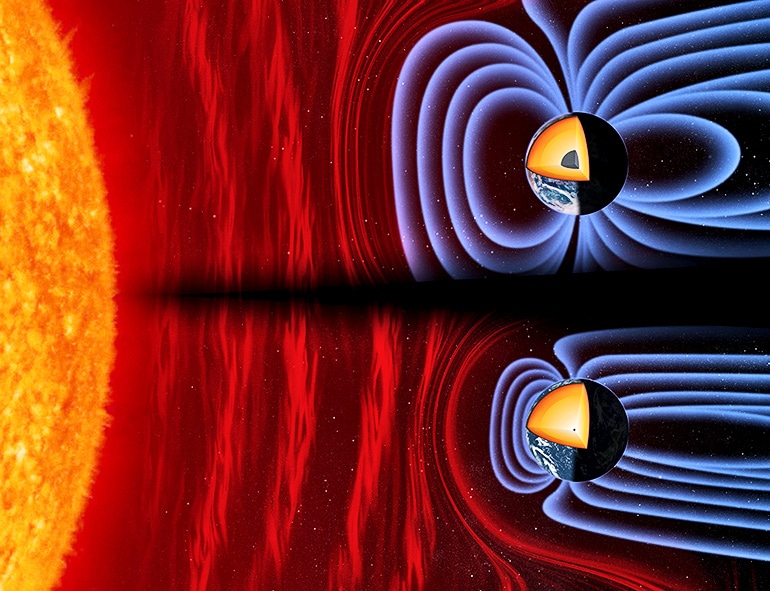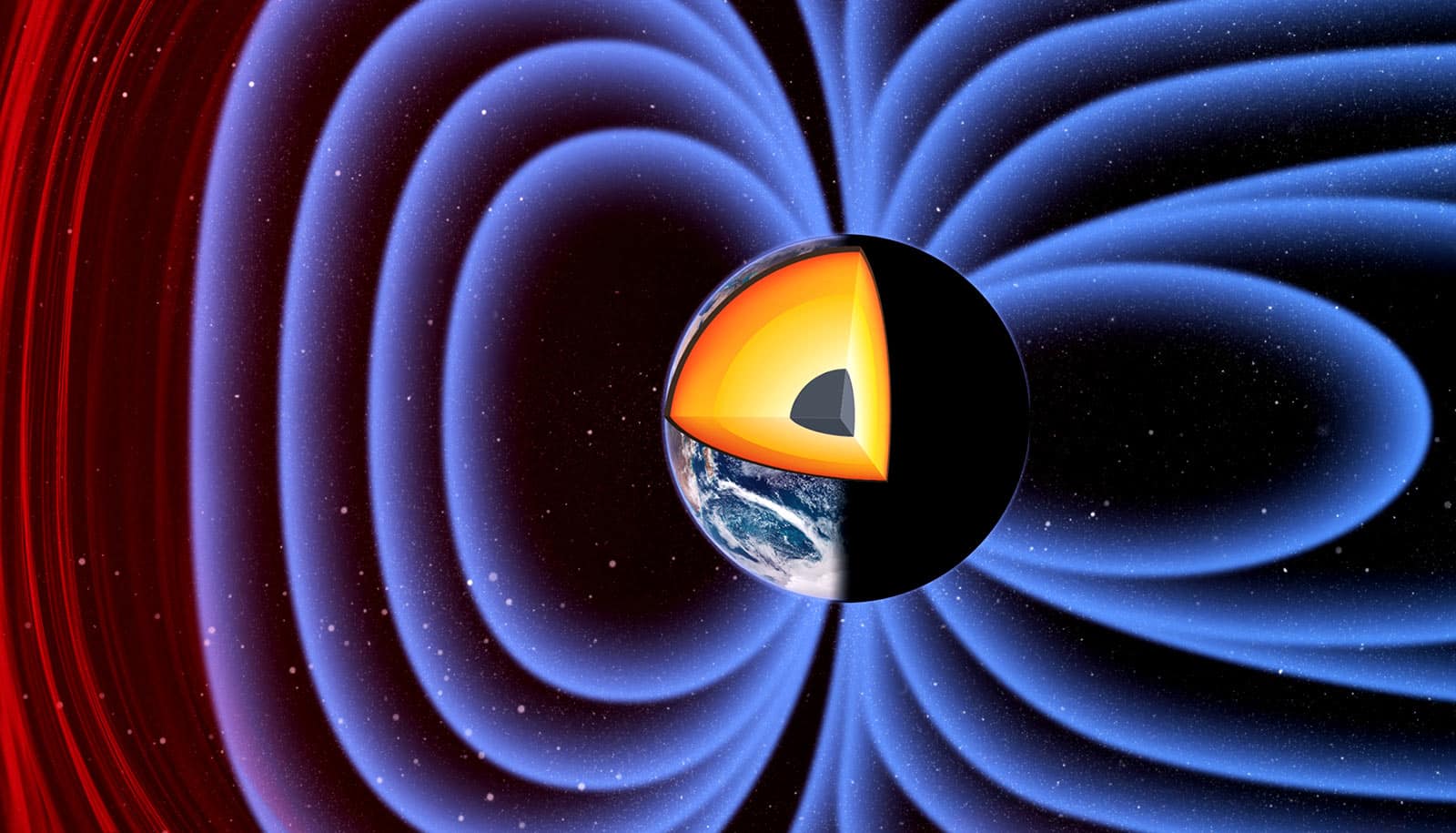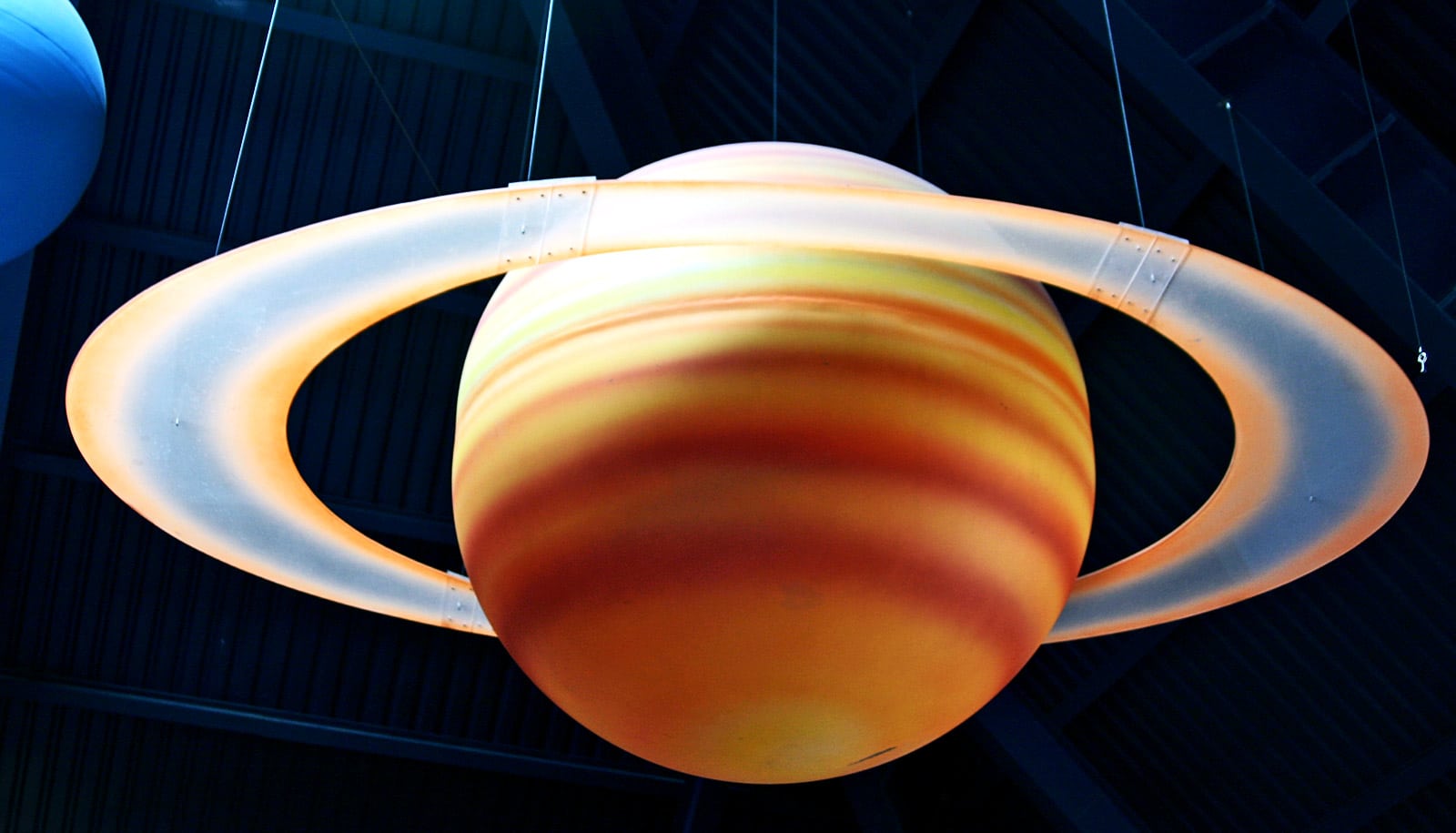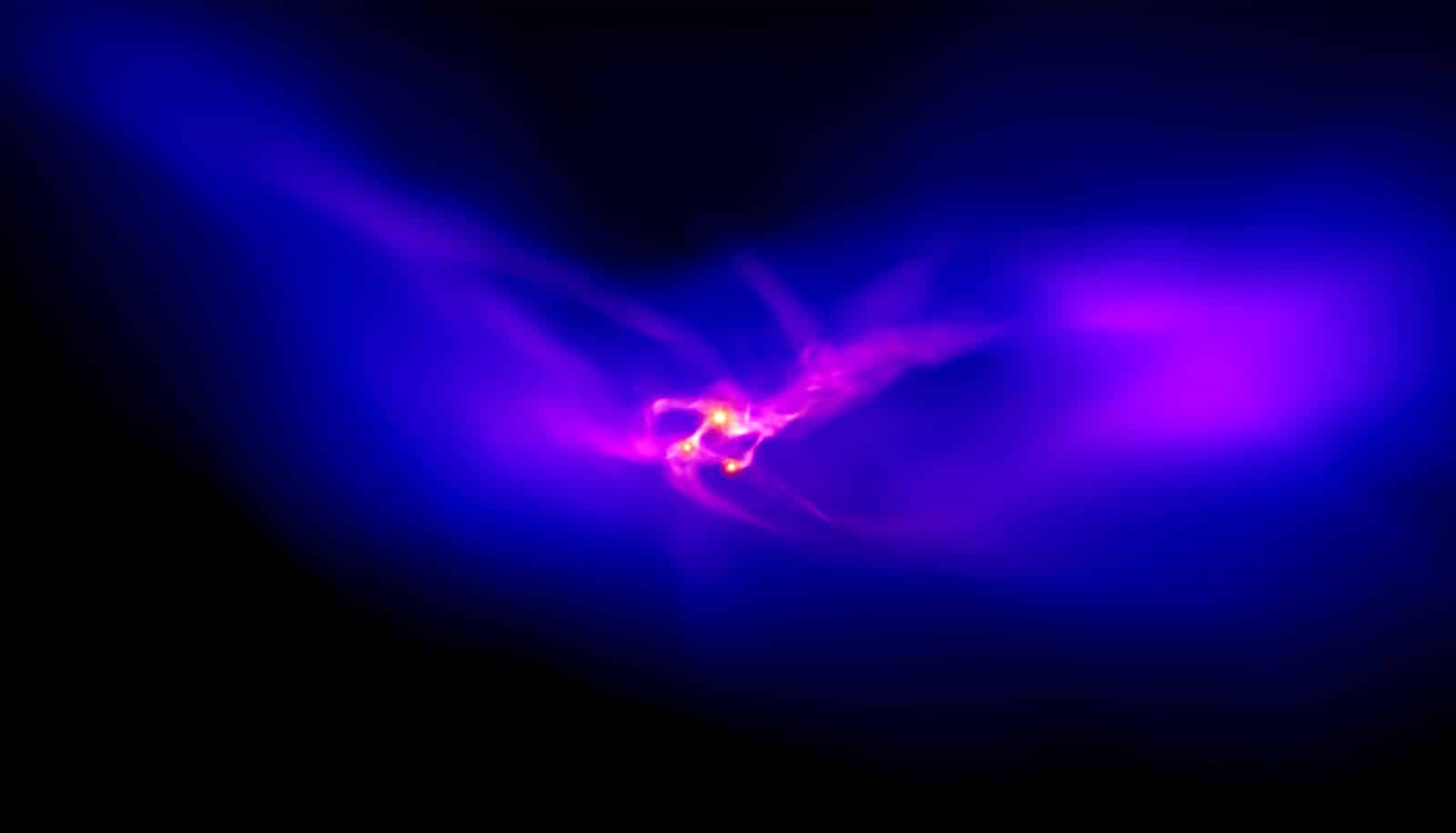Earth’s inner core is younger than scientists previously thought, according to new research.
The findings offer new insight into the history of Earth’s magnetic shielding and planetary habitability.
“Until this data, the age of the inner core was uncertain…”
Researchers have long recognized that Earth’s core plays a vital role in generating the magnetic shield that protects our planet from harmful solar wind—streams of radiation from the Sun—and makes Earth habitable. They differ, however, on estimates of when the inner core actually formed.
In a paper in Nature Geosciences, the researchers report that the inner core is only about 565 million years old—relatively young compared to the age of our 4.5-billion-year-old planet.
“Until this data, the age of the inner core was uncertain,” says John Tarduno, a professor and chair of earth and environmental sciences at the University of Rochester.
“There’s this huge range of 2 billion years where scientists think the inner core could’ve formed. These are the first field-strength data from the younger part of the range of possibilities suggesting that the inner core is really young.”

The beginnings of Earth’s core
A geodynamo—a process during which the kinetic energy of conducting moving fluids is converted to magnetic energy—generates Earth’s magnetic field in its liquid iron core. Researchers believe a weak geodynamo—and a magnetic shield—formed fairly early in Earth’s history, shortly after the event that created Earth’s moon.
For the next several billion years, the energy to drive the dynamo decreased until a critical point 565 million years ago, when “the dynamo was on the point of collapse,” Tarduno says. Despite its drastically weakened state, however, the dynamo did not go away. The researchers conjecture it was at this point in the geological time scale—or sometime shortly after—that the inner core began to form, giving strength to the geodynamo.
“This is a critical point in the evolution of the planet,” Tarduno says. “The field did not collapse because the inner core started to grow and provided a new energy source for the formation of the geodynamo.”
View into the past
In order to learn about the evolution of the geodynamo, the researchers measured the strength of the ancient magnetic field locked within single crystals of the mineral feldspar. They collected the samples from the Sept-Îles Complex in northern Quebec. These samples contain tiny magnetic needles with “ideal recording properties,” Tarduno says.
“The feldspar protects those needles from later alteration on geological time scales, so we get a much higher resolution record of the ancient strains in the magnetic field by measuring these single crystals.”
“Our magnetic field is part of what makes Earth a special planet…”
By studying the magnetism locked in ancient crystals—a field known as paleomagnetism—the researchers found that the intensity of the magnetic field was extremely low 565 million years ago, “lower than anything we’ve ever seen before,” Tarduno says.
This indicates that the inner core may have formed around this time to restore strength to the dynamo and, in turn, to the magnetic field.
Life on other worlds
Today, the growth of the inner core powers the geodynamo, which is essential to the habitability of our planet, says Richard Bono, a former postdoctoral research associate in Tarduno’s lab who is now a postdoctoral researcher at the University of Liverpool.
“Our magnetic field is part of what makes Earth a special planet, and, so far, the only one that has life. The evolution of Earth’s interior and the resulting geodynamo generated within plays a critical role in the preservation of life,” Bono says.
An improved understanding of this evolution of Earth’s interior may provide researchers key clues, not only for planet formation and habitability on Earth, but in the search for life on exoplanets that resemble Earth.
“The same factors that drive dynamos on Earth might affect the magnetic shielding on exoplanets,” Tarduno says. “It could be the case that some planets don’t have long-lived dynamos and those planets would not have the magnetic shielding we have, meaning that their atmosphere and water might be removed.”
Besides being a critical point in the evolution of Earth, 565 million years ago was also a critical time for the major diversification of life on Earth, Tarduno says. “This is a time of Ediacaran fauna, the first large complex organisms we see in the geologic record. These are a fundamental change from the microbial life preserved in older rocks.”
Is there then some type of causal link between a stronger dynamo and a burst of life?
“It’s true that if we have lower magnetic shielding, we’d have more harmful radiation coming in to Earth,” Tarduno says. “That radiation might be harmful for DNA, for example, and there has been speculation that this could stimulate mutations.”
Tarduno cautions, however, that there isn’t strong evidence of this correlation in the geological record, although the new data “will certainly stimulate more thought on this issue.”
Source: University of Rochester



